Zoning
This document defines the spatial hierarchy for a NMS galaxy, divided into logical and human-friendly levels.
Each level is based on cubic regions measuring 400 light-years per side, which is the smallest unit of spatial granularity. Calculations for regions per unit are theoretical and max out.
It's a proposal. It's a draft. It's a work in progress.
Better, it's Request For Comments !
Currently, the project uses only Region (and Neighboors), Cube, Block, Sector, Quadrant, and Galaxy levels. However, we plan to incorporate additional layers as the databases grow. It should be very cool if all civilizations are using the same zoning system ?
Zoning Hierarchy
Region ( /region/ )
- Status: In Use
- Shape: Cube
- Size: 1×1×1 region
- Dimensions: 400 ly × 400 ly × 400 ly
- Volume: 64 000 000 ly³ / 64 million LY³
- Notes: One side spans 400 ly, about 100x the distance to Proxima Centauri, our closest star. If the Solar System were just 1 cm wide (0.4 inches), then a region would span over 4 kilometers (2.5 miles)
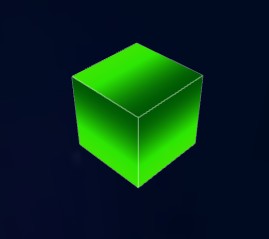
Neighborhood (3D view of /region/ )
- Status: In Use
- Shape: Sphere
- Radius: 24 000 LY
- Volume: 57.9 billions LY³
- Max Theoretical Region Count: 905 408 / 905 thousand
- Limit: All regions whose Euclidean distance from the target is below 24 000 LY
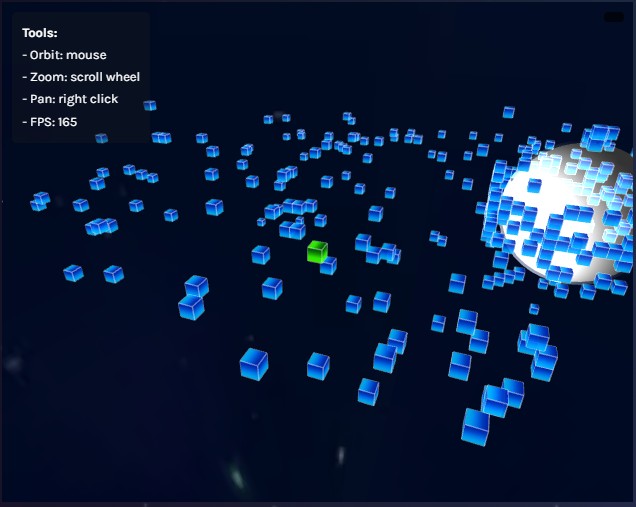
District ?
- Status: Brainstorming
- Shape: Cube
- Size: 32 × 32 × 32
- Dimensions: 12 800 × 12 800 × 12 800 LY
- Volume: 2 097 152 000 000 LY³ / 2.1 trillion LY³
- Max Theoretical Region Count: 32 768 / 32 thousand
- Notes: 12 800 light-years is approximately the distance from the Sun to the outer edge of the Orion Arm, the spiral arm of the Milky Way where our solar system resides
Node ?
- Status: Brainstorming
- Shape: Cube
- Size: 64 × 64 × 64
- Dimensions: 25 600 × 25 600 × 25 600 LY
- Volume: 16 777 216 000 000 LY³ / 16.8 trillion LY³
- Max Theoretical Region Count: 262 144 / 262 thousand
- Notes: The distance of 25 600 light-years is very close to the most accepted value for the distance from the Sun to Sagittarius A* (Massive Black Hole at the center of the Milky Way), which is approximately 26 000 LY
Cell ?
- Status: Brainstorming
- Shape: Cube
- Size: 128 × 128 × 128
- Dimensions: 51 200 × 51 200 × 51 200 LY
- Volume: 134 217 728 000 000 LY³ / 134.2 trillion LY³
- Max Theoretical Region Count: 2 097 152 / 2.1 million
- Notes: At 51 200 light-years outward from the Sun, you reach the outer edge of the galactic disk of the Milky Way and enter the galactic halo
Cube ( /cube/ )
- Status: In Use
- Shape: Cube (Oorah! It's a cube !)
- Total: 256 cubes (as a 16×16 grid, in XZ)
- Size: 256 x 256 x 256 (but it's also a cube !)
- Dimensions: 102 400 × 102 400 × 102 400 LY
- Volume: 107 374 182 400 000 000 LY³ / 107.4 quadrillion LY³
- Max Theoretical Region Count: 16 777 216 / 16.8 million
- Notes: 102 400 light-years is roughly the diameter of the Andromeda Galaxy, one of the largest spiral galaxies near the Milky Way

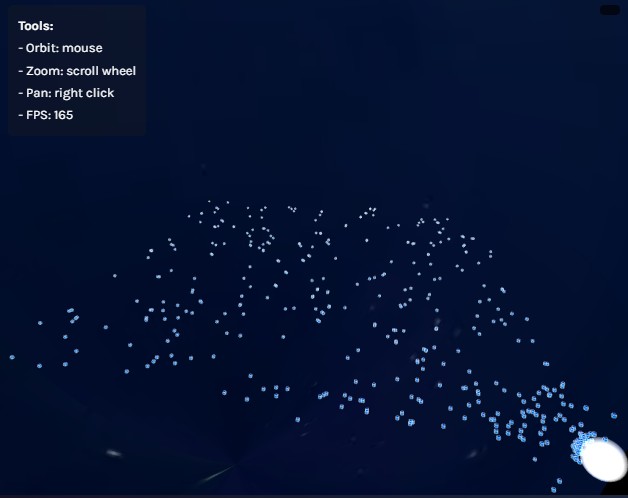
Block ( /block/ )
- Status: In Use
- Shape: Rectangular Prism
- Total: 64 blocks (8×8 in XZ)
- Size: 512 x 512 x 256
- Dimensions: 204 800 x 204 800 x 102 400 LY
- Volume: 439 804 651 110 400 000 LY³ / 439.8 quadrillion LY³
- Max Theoretical Region Count: 67 108 864 / 67.1 million
- Notes: 204 800 light-years is a distance large enough to span multiple dwarf galaxies or cover a significant portion of a local galaxy group
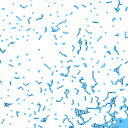
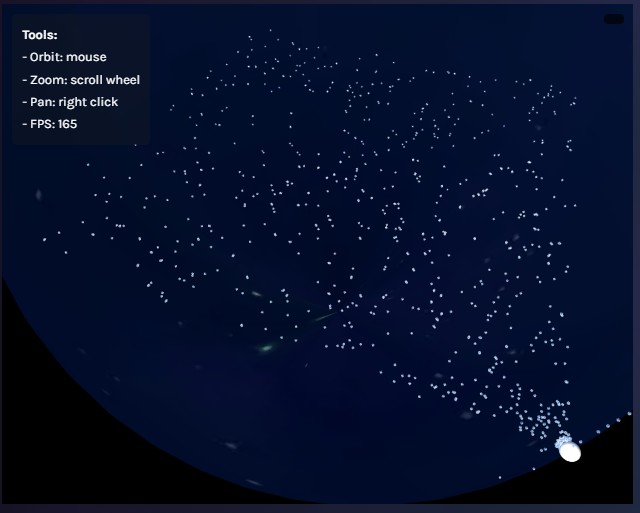
Sector ( /sector/ )
- Status: In Use
- Shape: Rectangular Prism
- Total: 16 sectors (4×4 in XZ)
- Size: 1024 x 1024 x 256
- Dimensions: 409 600 x 409 600 x 102 400 LY
- Volume: 1 759 218 604 441 600 000 LY³ / 1.76 quintillion LY³
- Max Theoretical Region Count: 268 435 456 / 268.4 million
- Notes: 409 600 light-years is about four times the diameter of the Large Magellanic Cloud, one of the Milky Way’s largest satellite galaxies, and covers a distance similar to that between some nearby galaxy pairs within a local cluster
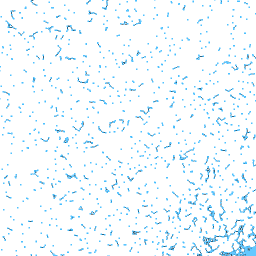
Quadrant ( /quadrant/ )
- Status: In Use
- Shape: Rectangular Prism
- Total: 4 quadrants (2×2 in XZ)
- Size: 2048 x 2048 x 256
- Dimensions: 819 200 x 819 200 x 102 400 LY
- Volume: 70 368 744 177 664 000 000 LY³ / 70.4 quintillion LY³
- Max Theoretical Region Count: 1 073 741 824 / 1.07 billion
- Notes: 819 200 light-years is a distance comparable to the size of a small galaxy group, encompassing several galaxies and their extended halos within a gravitationally bound system
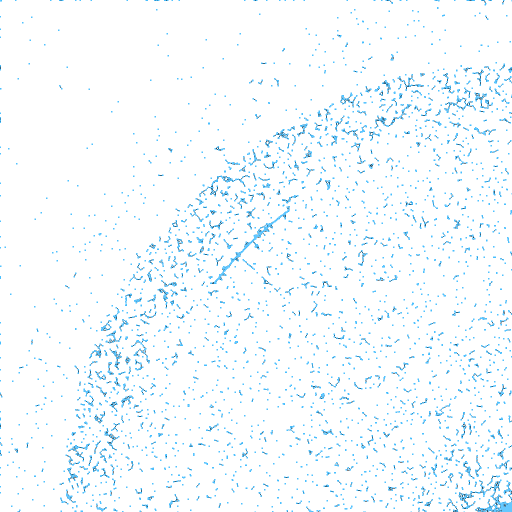
Galaxy ( /galaxy/ )
- Status: In Use
- Shape: Cardboad Pizza Box
- Size: 4096 x 4096 x 256
- Dimensions: 1 638 400 x 1 638 400 x 102 400 LY
- Volume: 274 877 906 944 000 000 LY³ / 274.9 quintillion LY³
- Max Theoretical Region Count: 4 294 967 296 / 4.29 billion
- Notes: 1 638 400 light-years is roughly the scale of the Local Group, the galaxy group that includes the Milky Way, Andromeda, and about 50 other smaller galaxies. This distance covers the full extent of this gravitationally bound collection of galaxies. When it comes to size, the galaxy in No Man’s Sky laughs in the face of scale. Hello Games definitely didn’t do things by halves
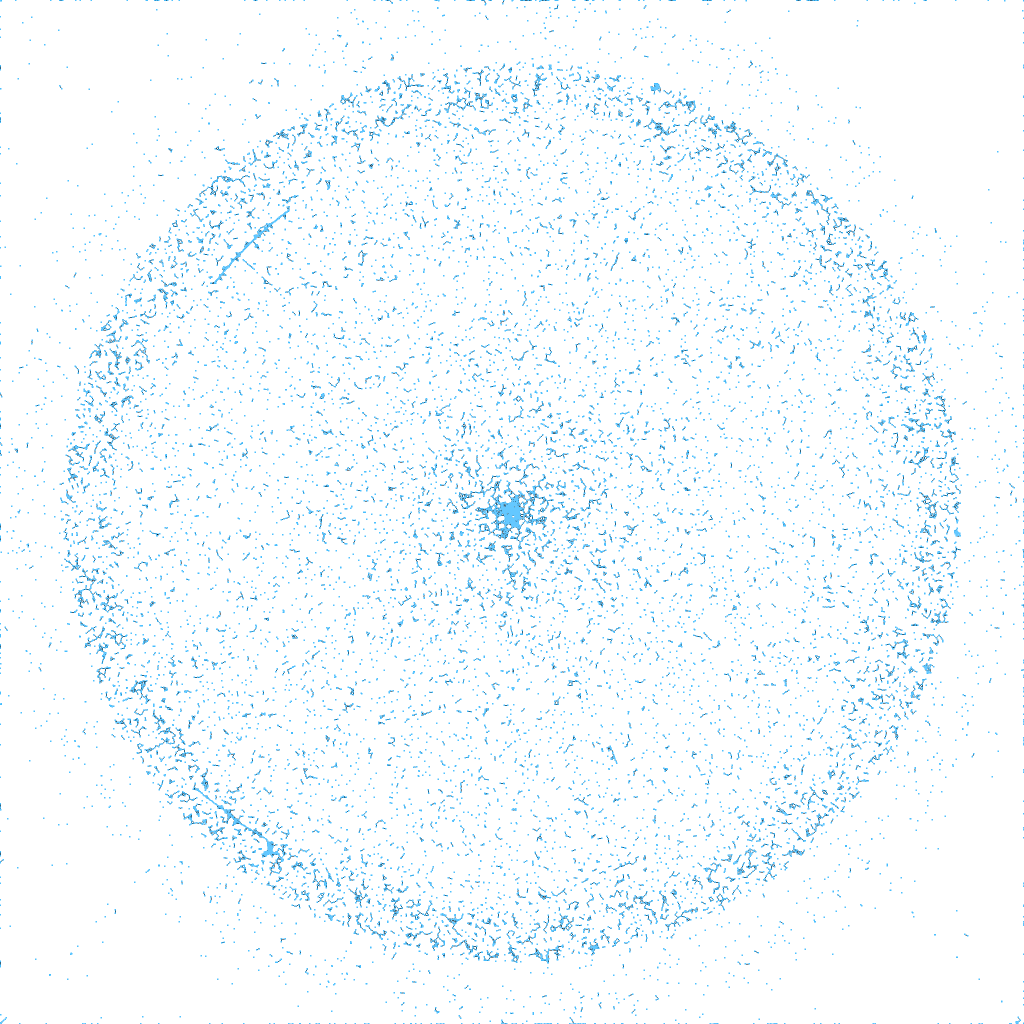
Notes
- Edit : Nope ! %%£#%£ ! Back to Euclidean maths ! We use Morton Codes and our own half-backed pseudo Octree
- The Core (
/core/) is a meta-sector that contains all regions near the massive black hole at the center of the galaxy.